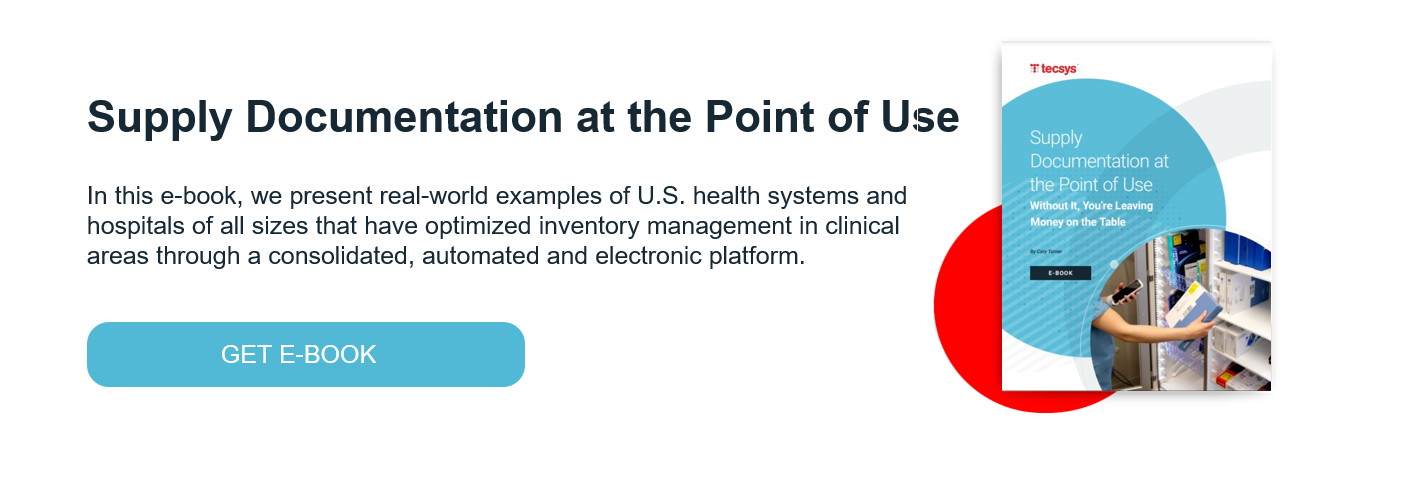The Technology That’s Making Clinical Supply Chains Work Smarter

“The worst-case scenario is you have a patient on the table and you don’t have the product right. That’s not a situation you want to be in. So, in a lot of cases, you’re overstocking and you’re overspending to make sure that stockroom is stuffed full of product, so it’s always there,” explains Keith Hoffman from Terso Solutions, an RFID inventory management solution provider.
Building supply buffers to hedge against limited visibility is not a recipe for success, Keith cautions. Yet it is not at all uncommon. Most healthcare organizations are managing supplies using outdated information technology systems that cannot communicate with one another and rely on manual keying across procurement, inventory, transcription and replenishment systems.
To delve into the world of RFID in the clinical supply chain setting, and to understand both the cost and the benefit of this technology, I welcomed Keith onto The Great Supply Chain Podcast for our episode entitled, How is RFID Tech Being Leveraged in the Clinical Supply Chain Setting?
A decade ago, Bendavid and Boeck (2011) conducted a study to measure the benefits of RFID technology in healthcare supply chain. The research found that use of the technology, beyond the inventory-related savings, enabled fast, accurate and efficient data tracking and lessened the administrative workload for all parties, including clinical personnel.
But are we only scratching the surface? RFID inventory management has always carried the potential to save healthcare organizations time and money by automating real-time traceability, location and resource data. Ten years of that technology maturing and hospitals around the U.S. and the world are now seeing the real-world benefits from RFID deployments in many forms and functions.
Together with Cory Turner, senior director of Healthcare Strategy at Tecsys, Keith discusses automating error-prone processes, mitigating loss in the cold chain, recovery of labor and how to find comfort when that dreaded JCAHO audit comes around. Cory and Keith examine some of the most common RFID technologies leveraged in the clinical setting and explore the business drivers behind them.
3 Key Takeaways
1. Sometimes It’s Good to Be Passive
To understand how to best leverage RFID, it is helpful to look at the anatomy of RFID technology. Active RFID and passive RFID are different technologies that are appropriate for different applications. In the clinical care setting, employing instances of passive RFID at different waypoints can dramatically improve some processes.
2. An Ounce of Prevention Is Worth a Pound of Cure
RFID labeling takes time and money. It is useful to evaluate its application in the context of the time and money spent logging in the ‘big binder,’ manual reconciliation and product loss due to expiry or chain of custody anomalies. For example, using RFID to monitor the cold chain puts into place proactive measures to prevent huge losses of inventory should temperatures begin to deviate.
3. People Are Valuable Resources
Any supply chain task that is performed without the help of technology is probably a drain on resources. Clinicians are most valuable at the patient’s side, yet many healthcare organizations saddle these folks with manual documentation tasks because the technology infrastructure cannot support inventory management requirements or JCAHO standards.



